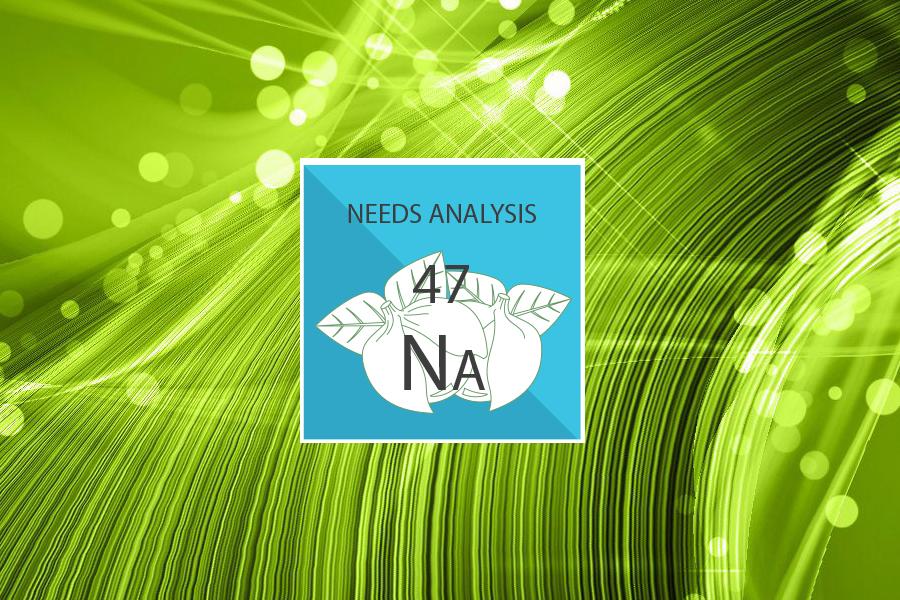 Needs Analysis - I continually analyse the needs of others
Needs Analysis - I continually analyse the needs of others
When looking to find decent and meaningful work, it is important to look at the needs of your community and society.
Introduction
Analyse what your community needs, what organisations need, what your nation needs and what your planet needs. Finding real needs helps us to find real solutions. Ask yourself what is needed around you today. A needs analysis is a useful method of determining the needs of a person, community, organisation and society. Once you have identified the needs it is possible to identify solutions to those needs.
Benefits of a need’s analysis
1. Helps identify challenges and gaps in a well functioning system.
2. Assists in findings the right solutions to challenges.
3. Ensures you focus your energy on real needs.
Skill example
I analysed the needs of my community and identified the need for a quality childcare centre while parents and guardians were at work. I then created a survey and went around to working parents in the community to confirm if this was what they really needed. I also researched what was needed to setup a quality childcare centre and began approaching people who had the skills and qualifications that were required.
Sipho’s story
Sipho, a 25-year-old, has been working at a fast-food franchise for the last two years. When he started, he was excited to be on the front lines of such a popular establishment. However, over the years, Sipho’s spirit has dwindled. Not just for him, but most of the staff. Sipho mentions to a friend that he doesn’t even feel like smiling at the customers anymore. Customers start to complain about the lack of care and attention from the staff of the establishment. Word soon reaches upper management who visit the branch. After speaking with the staff, management decides to conduct a needs analysis to determine the problem and possible solutions.
On completion of the need’s analysis, management was able to understand where the decline in employee motivation occurred. It was found that the staff were unhappy with several aspects of the job. Grievances included no increase in wages, no recognition for their roles, no reward system for good employees, no opportunity for growth within the company and issues regarding safety when working night shifts. All these factors saw a decline in employee morale and satisfaction.
Management knew that to keep their staff happy, they had to address these problems quickly. Some of the solutions that were implemented were 24-hour security for the safety of staff as well as training initiatives for employees to facilitate the development of skills for more senior positions. The most pressing needs would be addressed first. Slowly the company will look at ways of creating a rewards and recognition system and look at the issue of wage increases. Sipho is happy with the outcome of the analysis as their concerns were brought to the attention of management. Management is now aware and doing their best to resolve these issues.
How to conduct a needs analysis
Conducting a needs analysis is an important step in identifying and addressing gaps or issues in a particular area or process. Here are some steps to help you conduct a needs analysis:
- Define the purpose of the needs analysis: Clarify the reason why you are conducting a needs analysis. What do you hope to achieve from this analysis?
- Determine the scope of the needs analysis: Decide which area or process you want to analyze. This could be a specific department or team, a business process, or a particular product or service.
- Identify stakeholders: Determine who the stakeholders are for the area or process being analyzed. These could be employees, customers, vendors, or other relevant parties.
- Collect data: Gather data through a variety of methods, such as interviews, surveys, focus groups, observation, and document analysis. Make sure to collect both quantitative and qualitative data.
- Analyze data: Review and analyze the data collected to identify trends, patterns, and issues. Look for areas of strengths and weaknesses.
- Identify gaps and opportunities: Based on the analysis, identify areas where there are gaps or opportunities for improvement. Determine what is working well and what needs to be improved.
- Develop recommendations: Develop recommendations for addressing the identified gaps and opportunities. Consider the feasibility, impact, and resources required for each recommendation.
- Present findings: Present the findings and recommendations to the stakeholders and decision-makers. Seek their input and feedback.
- Implement solutions: Implement the recommended solutions and monitor their effectiveness. Make adjustments as needed.
By following these steps, you can conduct a thorough needs analysis to identify and address gaps and opportunities for improvement.

Needs Analysis
I continually analyse the needs of others
We don’t have to look far to see the need all around us. Look at the needs of your community, then look at the needs of your country, the continent and the world. Ask yourself what is needed around you today, set goals and act.